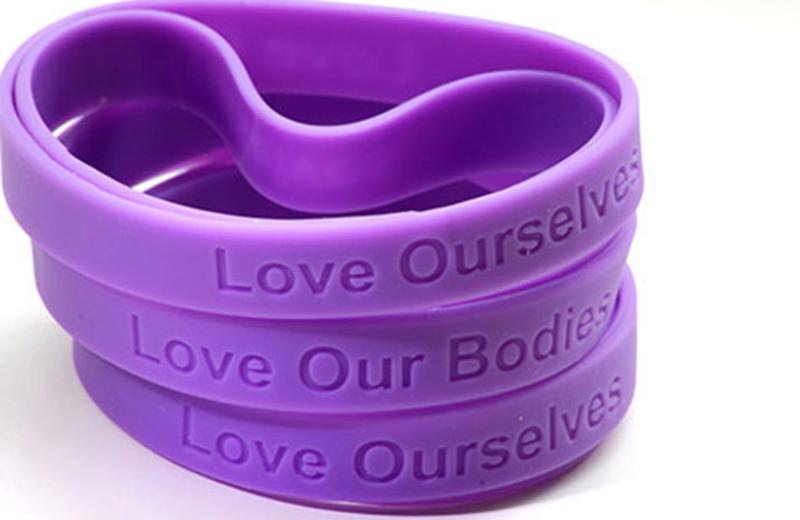When we turn on the TV or run through our social media feed, we are bombarded with images of thin, fit, photo-shopped, “perfect” people. But is this the norm? And is this healthy? In a recent study, girls, ages three and five, who were presented with dolls of different shapes preferred the thin version, describing the bigger dolls as sad, tired, and having no friends. We think we are immune to media, but even young children are exposed to messaging that implies being in a bigger body is bad.
The fat phobic society we live in contributes to a negative body image. Body image is our own perception of our physical appearance, including our thoughts and feelings about the way we look. It impacts self-esteem, mental health, and well-being. Negative body image may lead to unhealthy dieting behaviours, the development of disordered eating and eating disorders, and may also lead to feelings of shame, guilt, low self-worth, and unhappiness. It’s estimated that 40 to 60 percent of girls aged six to twelve are concerned about their weight.
As parents and caregivers, we often encourage our kids to be their healthiest. This may come across in messages about eating, activity, or striving to be a certain body size. While the intentions are good, these types of messages can often be misinterpreted by kids – that there is something wrong with their body and they need to change their shape or weight. If you look around where you live and in your family, healthy bodies are very diverse. Weight is not the biggest, or only, indicator of health. Focusing on well-being and healthy habits is more important than any number on the scale!
It’s important to have age-appropriate conversations with our children about health and body image, and work towards fostering a healthy relationship with our bodies.
How can you support youth to promote a healthy body image?
Be a positive role model. Be aware of your self-talk around weight and food, and get curious about your own beliefs and attitudes about body size and eating. For example, let your child catch you saying one positive thing about your body daily.
Celebrate diversity. Help your child to focus on their own unique qualities and talents rather than appearance as a foundation for self-esteem.
Open up the conversation. Talk about how media can impact our body image, or invite your kids to share how they are feeling about their bodies.
Teach your kids to view media messages critically. Help create awareness of how images and slogans make us feel about our bodies, and talk about how these images do not depict reality. Check out this tip sheet from MediaSmarts to get started.
Eat together. Plan and offer regular family meals as a way to encourage family time and model healthy approaches to eating. Get your kids involved in cooking too – how about a build your own taco or pizza night?
Make meals and snacks enjoyable. Practice an “all foods fit” approach in your home, offer a variety of foods and create a shame/guilt-free space to make food choices.
Take a balanced approach to physical activity. Encourage physical movement that is joyful, and focus on the fun, social aspects of being active. Refrain from teaching your child that activity is punishment or used to compensate for eating.
Explore what health really means to you and your family. Recognize that health is more than the absence of disease or having a certain body size. Health is inclusive of emotional, intellectual, social, spiritual, and physical wellness. Don’t let focusing on one (physical) compromise another (mental). Health may mean something different to you than your child. Take the opportunity to explore. Plan family activities that promote a balanced view towards health.
If you think that you or someone you love has an eating disorder, please contact the Northern Health Eating Disorders Clinic at 250-565-7479.
(Editor’s note: This article first appeared in Northern Health’s Healthier You – Fall 2018 edition on Youth Mental Wellness. Read the full issue here.)














Comments
Unfortunately these bracelets are unavailable at this time. Thanks.